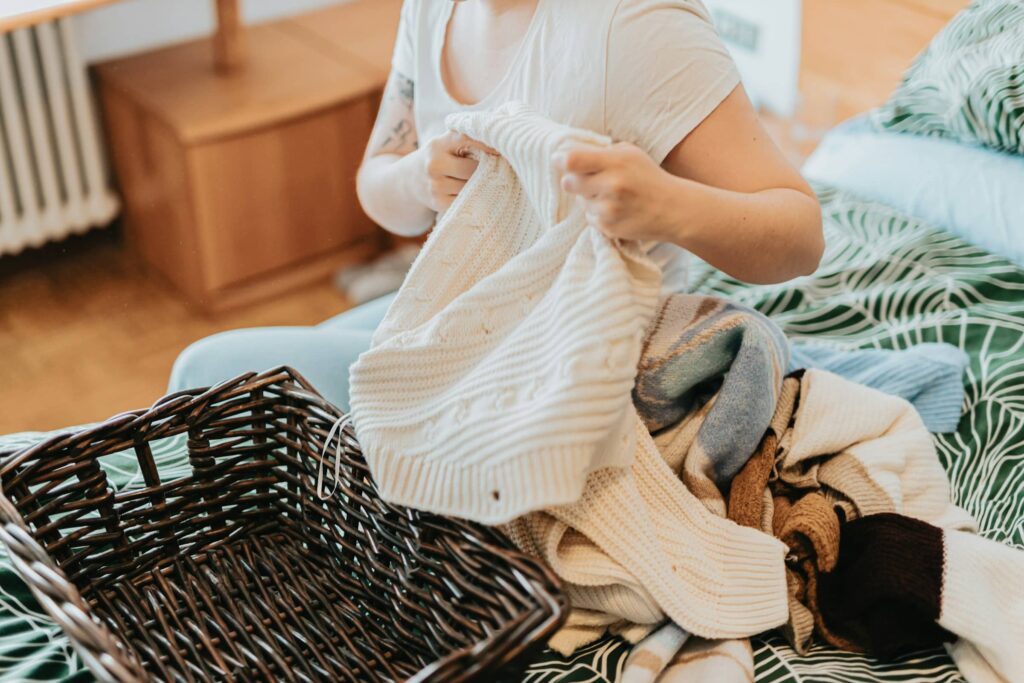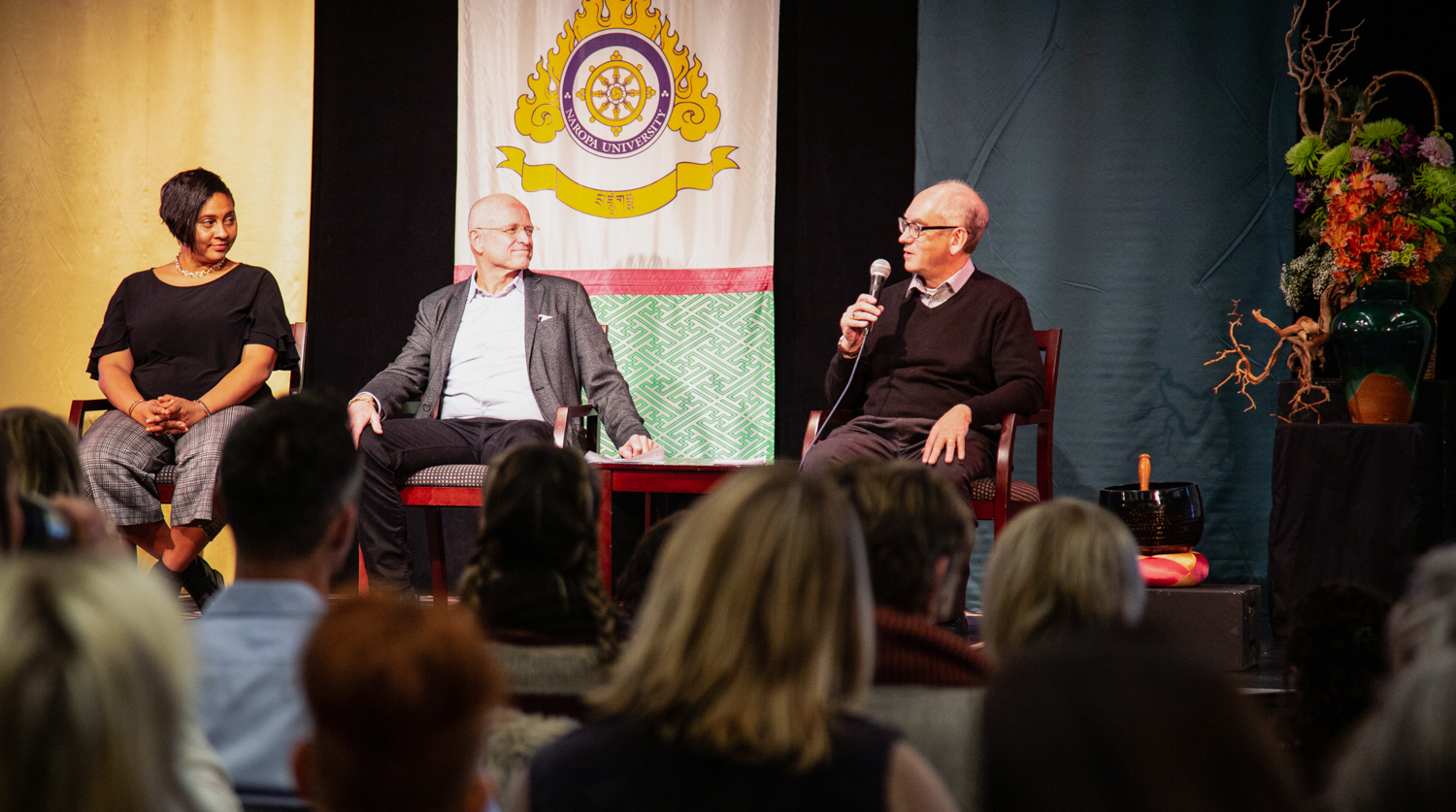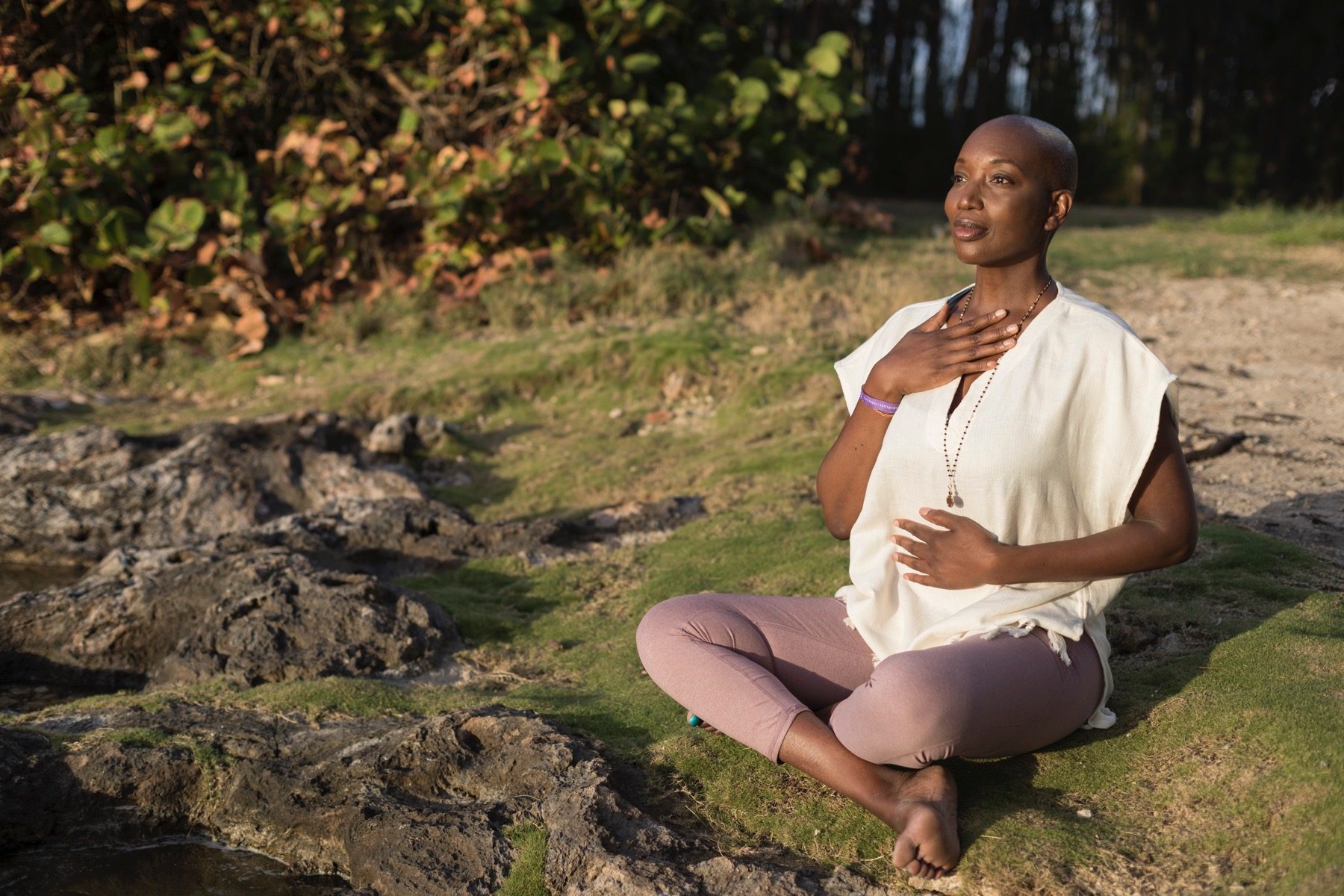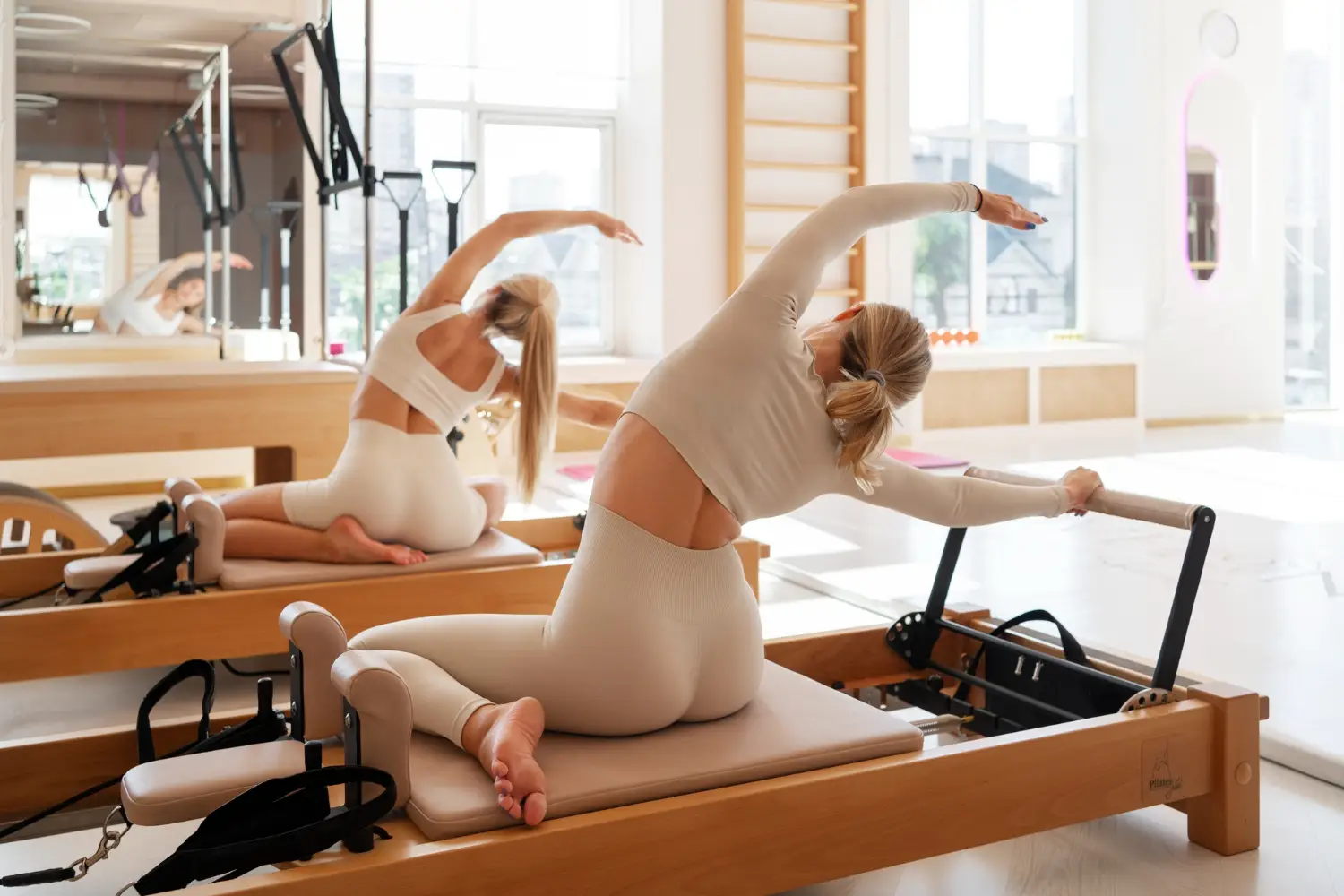Life Changing Decluttering Tips For A Minimalist Home
Living in a clutter-free home brings a sense of calm and clarity that is hard to match. The mental health benefits alone are worth the effort. When we let go of excess stuff, we create space not only in...


Living in a clutter-free home brings a sense of calm and clarity that is hard to match. The mental health benefits alone are worth the effort.
When we let go of excess stuff, we create space not only in our homes but also in our minds.
That is why decluttering can be a life-changing process. It transforms our lifestyle by making room for what truly matters. Of course, decluttering is about more than cleaning up a mess—it’s about rethinking entirely the possessions in your home.
Here are some practical and encouraging tips to help you achieve a minimalist home.
Different tips work better for different people. So don’t read this list to say that you have to start at Tip 1 before moving to Tip 2. Instead, take a look at each of these tips and see what will work best for you in your unique home.
And you’ll probably find freedom in knowing that your definition of a “minimalist home” is going to look different than any others’. We all have different families and values and passions and hobbies.
If your goal is to own less, these ideas are bound to help.
Start Small and Build Momentum
Decluttering an entire home can feel overwhelming, so start small. Begin with a single drawer or a category of items, like your socks or makeup. This initial success will give you the momentum to tackle larger areas. Use small baskets or bins to sort through your belongings.
Set Clear Goals
Before you begin, set clear goals for your decluttering journey. Whether it’s to create more space, reduce stress, travel more, or simply make your home more livable, having a clear purpose will keep you motivated.
Declutter by Category
Instead of going room by room, try decluttering by category. This method, popularized by Marie Kondo, allows you to see all your belongings of one type at once, making it easier to decide what to keep and what to discard. Start with categories like clothing, books, or kitchen utensils.
Tackle the Closet
Closets are often filled with clothes we rarely wear. Go through your closet and ask yourself when was the last time you wore each item. If it’s been more than a year, consider donating it. This will free up space and make it easier to find the clothes you love.
Here are 10 questions to help you declutter your wardrobe.
Create a Donation Station
Set up a designated area in your home for items you plan to donate. This can be a box or a bin where you regularly add unwanted items. Having a donation station makes it easy to part with things and ensures they go to a good cause. Be sure to empty this station often by taking things to the local donation drop-off.
Of course, some of the things you will uncover are just plain trash. In that case, don’t feel bad moving to the next tip:
Recycle and Dispose Responsibly
As you declutter, make sure to recycle and dispose of items responsibly. Electronics, batteries, and certain medications need to be recycled properly to avoid harming the environment. Check your local guidelines for recycling these items and opportunities.
Clear Out the Junk Drawer
Everyone has a junk drawer filled with miscellaneous items. Empty the drawer completely and sort through it. Keep only what you truly need and find a proper place for each item. Use small bins or dividers to keep the drawer organized.
Organize Storage Spaces
Storage spaces like pantries, basements, and garages can quickly become cluttered. Sort through these areas regularly, discarding expired food, broken tools, and other items you no longer need. Use clear storage bins to keep things organized and visible.
The larger the space, the harder it can be to declutter. But these ideas should help.
Streamline the Bathroom
Bathrooms can accumulate a surprising amount of clutter. Go through your bathroom drawers and cabinets, discarding expired medications, old makeup, and any products you no longer use. Keep only the essentials and use organizers to keep everything tidy—this can be especially helpful with medicines you or your family are active taking.
Sort Through the Mail
Mail can quickly create piles of clutter. Set up a system to deal with it as soon as it comes in. Use a basket to hold bills and important documents until you can file them away. Recycle or shred junk mail immediately.
Minimize Decorations
Decorations can add charm to your home, but too many can create visual clutter. Choose a few pieces that you love and store or donate the rest. This will make your space feel more open and serene.
Declutter the Kitchen
The kitchen is a high-traffic area that can quickly become cluttered. Go through your utensils, small appliances, and pantry items. Donate or discard anything you haven’t used in the last nine months. Keep countertops clear to make cooking more enjoyable. You might also find this article helpful: A No-Frills Kitchen Still Cooks.
Manage Kids’ Toys
Kids’ rooms can be particularly challenging to keep clutter-free. Regularly sort through toys, donating those that are no longer played with. Teach your children to appreciate having fewer toys and involve them in the decluttering process.
Clear the Living Room
The living room is often a gathering place for family and friends, so it should feel welcoming and clutter-free. Go through books, magazines, and decorations, keeping only what you love. Use baskets to store remote controls, chargers, and other small items.
Some people like to clean (vacuum, dust, etc) before moving to the next room. It’s up to you.
Declutter the Home Office
A cluttered home office can hinder productivity. Go through your desk, drawers, and storage spaces, discarding old documents, extra pens, and cables. Keep only the essentials on your desk to create a focused work environment.
Tidy Up the Laundry Room
Even the laundry room can benefit from decluttering. Get rid of empty detergent bottles, old cleaning supplies, and mismatched socks. Use bins or baskets to organize laundry supplies and keep the space tidy.
Hold a Garage Sale
Hosting a garage sale is a great way to get rid of excess stuff and make some extra money. Go through your home, gathering items you no longer need, and set a date for the sale. Advertise in your neighborhood and online to attract buyers.
Let Go of Sentimental Items
Sentimental items can be the hardest to part with. Take your time and consider why you’re holding onto each item. If it’s the memory you cherish, consider taking a photo of the item before letting it go. This way, you can keep the memory without the physical clutter.
Here’s a helpful article for these difficult decisions: A Guide to Letting Go of Sentimental Things
Use Storage Solutions Wisely
Effective storage solutions can help keep your home organized. Use baskets, bins, and shelves to store items neatly. Labeling bins can make it easier to find what you need and maintain order. Do your minimizing first though. Organizing becomes much easier after decluttering well.
Stay Committed
Decluttering is not a one-time task but an ongoing process. Stay committed by setting aside time each week to declutter and organize different areas of your home. Regularly review your belongings and get rid of anything that no longer serves a purpose.
Seek Permission
If you live with others, seek their permission before decluttering shared spaces or their personal belongings. Respect their attachment to items and encourage them to join you in the decluttering process.
Embrace a Minimalist Lifestyle
Decluttering is often the first step towards a minimalist lifestyle. By owning fewer material possessions, you can focus more on experiences, relationships, and personal growth. Embrace the freedom that comes with having less.
Decluttering can transform your home and your life. Start small, stay committed, and enjoy the journey.

 Astrong
Astrong 
































